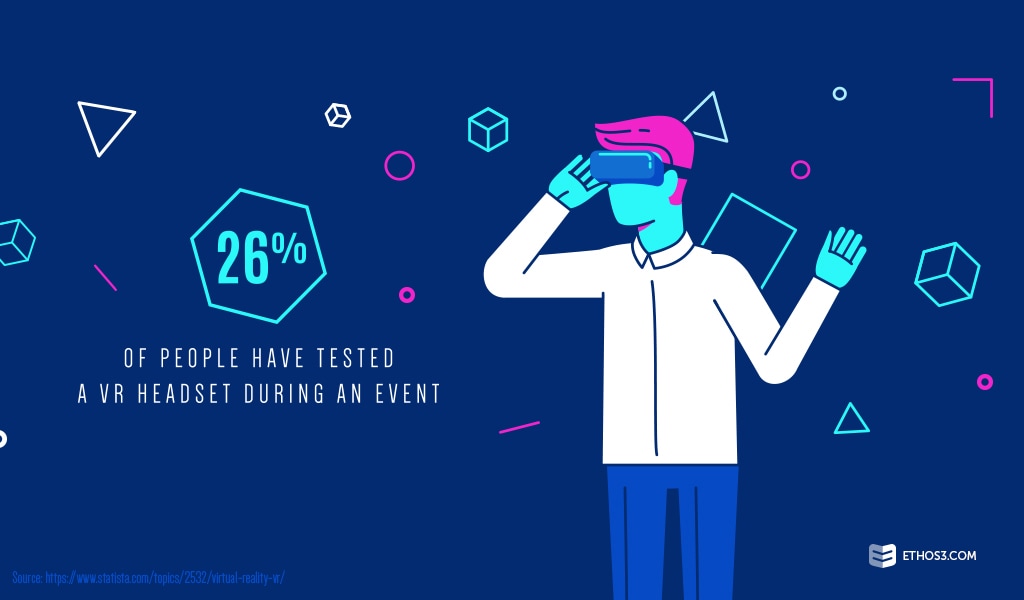According to data collected by Statista, 43 million people on Earth are active users of virtual reality (VR). Recently, VR has become a commanding force in our lives – from the announcement of a new laptop on the market utilizing the function to the beginning of VR broadcasts of NBA games. The benefit offered through virtual reality includes almost total immersion in an alternate scene or setting. A recent Deloitte article outlining virtual reality predictions distinguished between two types of devices: 1. Full feature and 2. Mobile. For the purpose of this argument, we will focus on the latter. Why? Because it is less expensive and has more functionality for the everyday presenter than the former. With a price tag of around $100, mobile virtual reality devices could prove an integral component of your presentations in the near future.

Based on research conducted by industry experts, we’ve analyzed 3 different parts of a presentation that could be impacted by VR devices. VR could change your…
Activity Breaks
During your presentation session, you most likely spread out some interactive elements and group or individual activities to keep your audience engaged and increase comprehension of a specific point. Imagine the transformation your planned activities could go through with virtual reality tools. You could use 5 or 10 minutes of time in between sections of your presentation to demonstrate the difference between a reality with your product or service and a reality with a competitor’s product or service. If there is a distinguishing factor separating you from competitors, virtual reality devices open up a whole new world of presenting these comparisons in a fun, compelling manner. This method would work best for smaller groups.
Scene-Setting
For bigger groups, you could use virtual reality to set a scene at the beginning of your presentation. Pass around 2 or 3 VR devices about 15-20 minutes prior to your presentation and encourage attendees to take a look. Use this as a way to establish a scene before you even start talking. This could cut time on scene development and allow you to cut directly to the 3 most important points that you want to cover in your presentation.
Support
In the future, you could use virtual reality to confirm claims you or your company makes in sales and marketing material. By essentially allowing potential customers or clients to experience a product or service before buying it, you can increase perceived need and guide purchasing decisions. Companies and businesses will likely enhance the ways they utilize virtual reality to create content that will be commercially significant in the years ahead.
Although VR lacks a consistent presence in entertainment venues such as movies and television shows due to its broadcast challenges, Deloitte expects its capability to only go up from here. Presenters should be thinking about the myriad instances they could incorporate virtual reality mechanisms in their own presentations. For more information about virtual reality and your presentations, check out the following resources!
What Presenters Can Learn From Pokémon Go
Virtual Reality Uses Beyond Gaming
10 Nearly Unbelievable Virtual Reality Statistics and Projections
